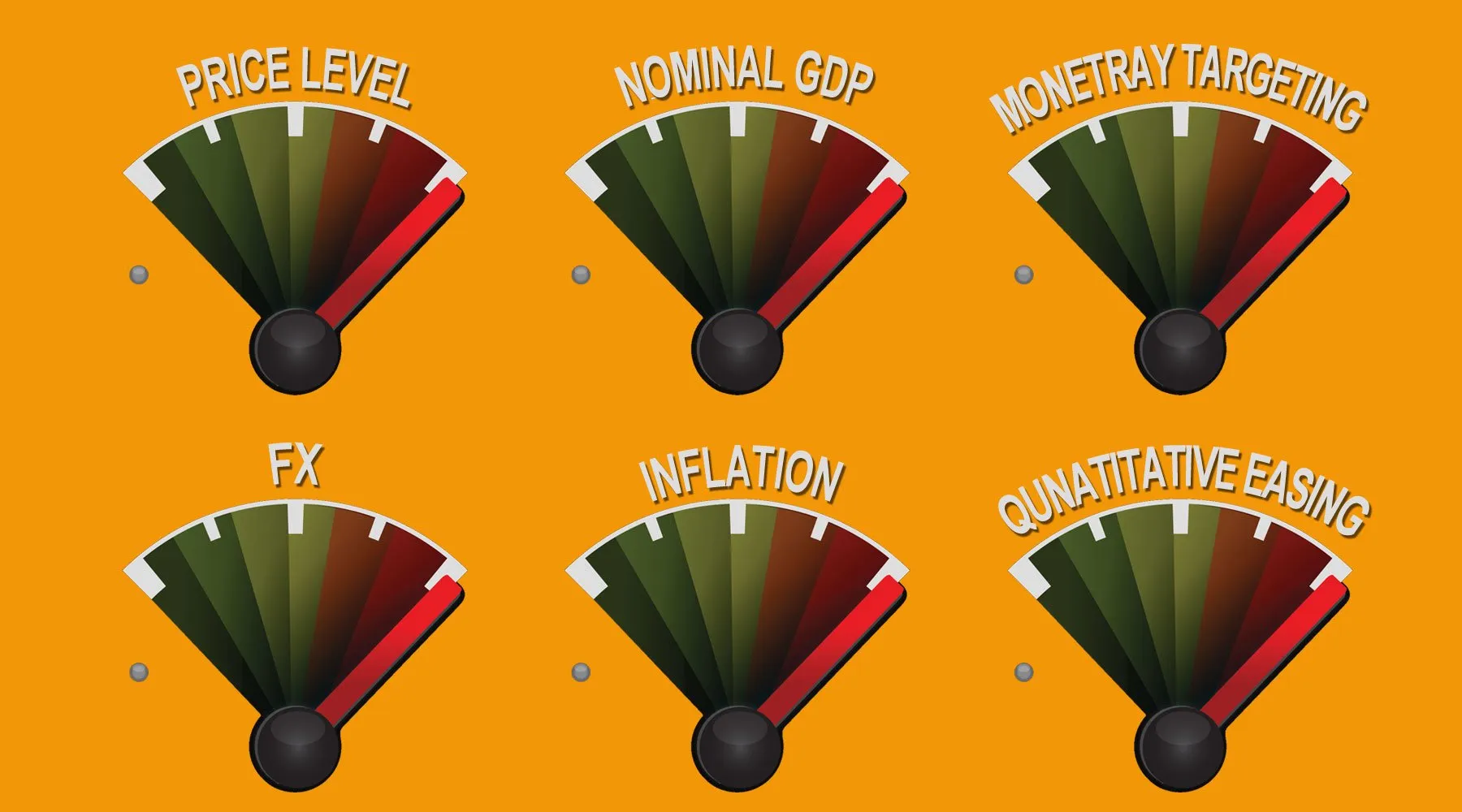The Future Prospect of Targets-based Monetary Policy Framework: The Case of the Fed
The economy is a fickle creature, prone to growth and subsequent contractionary periods. During times of its expansion, most individuals seem to benefit: households see their disposable income rise, workers experience growth in real wage rates and a wider selection of job opportunities, firms enjoy higher profits and lower funding costs, and governments see their tax income increase.
On the contrary, during downturns, everyone needs to tighten their belts. Indeed, as the famous Austrian economist, Schumpeter stated, more than 100 years ago, only the strong will survive during a recession. What he alluded to was not the fight for human survival but rather the survival of firms and, ultimately, economic activity. Without them, people do not have work and consequently must forgo consumption and quality of life.
To lessen the likelihood of a recession and to support the stakeholders within an economy should they occur, two branches of policymaking have evolved. The first one is fiscal policy. That is direct government interference into the economy through public consumption, public investment, and taxation. Should domestic production start to falter, the government tries to dampen its downward trajectory through any of its tools. However, some critics claim that governments are not always interested in the long-term benefits of the economy.
Instead, short-sighted politicians might target public opinion concerning their upcoming elections. As a result, the second public institution evolved with the ultimate and only goal to support sustainable economic performance. That is the central bank that is in charge of monetary policy. Given its legal legitimacy by the government, the Congress in the United States pursues legally manifested goals by utilizing intermediary targets and policy tools to maximize the welfare of all of its subjects. Indeed, since the end of the Great Depression in 1933, central banks have become omnipresent in the economic environment, with good reason!
The main goals central banks are entrusted with are diverse. They range from (1) maintaining price stability (low and stable inflation) to (2) maintaining a level of maximum or full employment; (3) the stability of financial markets to (4) guaranteeing stable interested rates and (5) stable exchange rates (the relative price between two currencies) within a narrowed defined band. Even though it might not seem likely at first glance, an undisputed and empirically tested fact is that price stability is the most crucial goal of all. Its violation poses a serious threat to a country’s economic welfare and social cohesion.
The best example is the economic meltdown during the Great Depression starting in 1929, which spread through the Western world, culminating in the rise of fascism and the outbreak of World War II in 1939. The problem was that the US economy suddenly and harshly contracted, dragging down its employment and wage income. These contractions consequently led to a drop in demand for goods and services, at the end essential to a fall in the price level. This so-called “deflation” started the vicious cycle of postponed consumption, firm closures, a rise in unemployment, and further drops in consumption. The results were never-before-seen unemployment rates and contractions in economic production.
To prevent this from happening again, most central banks worldwide adopted the goal of price stability either as their primary objective or as part of a “dual mandate.” This mandate constitutes the belief that goals do not need to be mutually exclusive. Considering the goal of maximum employment, proponents of modern mainstream economic thinking support the idea that monetary policy, in the long run, does not have any control over employment. Instead, the economy’s structure, like its productivity dynamics or the growth of the labor force, determines what employment and its related economic activity is going to be. Mainly these underlying reasons led to the Federal Reserve, the central bank of the US, being mandated by Congress (the legal decision-making body) with the main goals of price stability and maximum employment.








